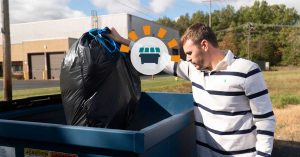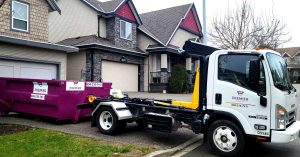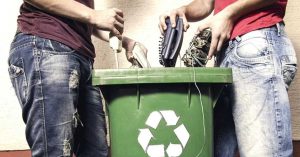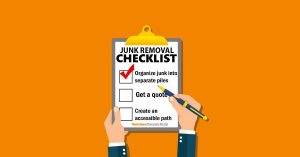The Recycling Partnership brings together people, data, and solutions from across the value chain to maximize the environmental and economic benefits of recycling and a circular economy. They work on the ground with thousands of communities to transform underperforming recycling programmes; they collaborate with businesses to achieve packaging circularity, increase access to recycled materials, and meet sustainability goals; and they collaborate with the government to develop policy solutions to address the systemic needs of our residential recycling system and advance the circular economy.
Columbia, South Carolina, was one of the first communities to receive grant funding from The Recycling Partnership last summer, and it only took 13 days to distribute 40,000 recycling carts to its inhabitants (TRP).
Without TRP’s $300,000 grant to upgrade to 95-gallon carts, the city would still be collecting recyclables in 18-gallon bins, as it has since the city’s residential curbside programme began in 1991, according to Samantha Yager, recycling coordinator for Columbia, which has a population of 120,000 people. The Recycling Partnership, formerly known as the Curbside Value Partnership, is a national nonprofit organization founded in 2003 to increase recycling rates in the United States.
Yager stated that they would continue to push for those funds in order to launch the programme. Many people are unaware of the economic and environmental benefits of increased recycling. It only goes to show how important it is to have an outside organization that believes in your community and recycling and how it can benefit your community.
In fact, the city has experienced a 100-ton increase every month in its first three months of cart collection. They were doing about 330 tonnes per month on average last year, and today they are doing about 450 tonnes.
TRP has provided the public-private stimulus for the deployment of more than 117,000 carts in six areas, including Columbia, Florence, Ala., Greenville, S.C., East Lansing, Mich., and Richmond and Roanoke, Va. According to Karen Bandhauer, executive director of TRP, the organization is on target to distribute more than 160,000 carts by spring 2016.
Bandhauer stated that their goal is to collaborate with community partners who have a vested stake in the project’s success. They offer not only funds but also extensive technical assistance. They go deeply into operations, education, and how the entire system interacts to ensure a truly successful programme transition. They are looking for partners who are prepared to dig in and embrace their best practices.
According to her, TRP’s “sweet spot” appears to be small to medium-sized areas with 25,000 to 30,000 households.
Bandhauer went on to say that while the community understands that they need to make this move and that it is where the future of recycling is headed, there are so many competing expenditures for municipal resources that securing those upfront expenses and an improved budget is not always simple. It will be significant for a city council if they can come in and work with those towns and offer a grant and then a lot of value, additional value, non-monetary value, through their partnership with them.
TRP invests more than $7 for every dollar invested by the local government, a state agency, or other organizations.
She stated that if someone obtains a cart and has curbside pickup, as well as a well-functioning programme, they may expect an average of 450 pounds per residence. TRP also offers education and outreach tools, as well as technical assistance, to communities that already have a single-stream cart system in place.
Once the carts are in place, the towns and TRP will closely monitor new freight as well as numbers related to greenhouse gas emissions, energy and water consumption, and economic value. In Florence, for example, recycling rates climbed from 43% to 73% when the new curbside carts were introduced. Richmond, which received over 61,000 carts for a $420,000 expenditure, is predicted to raise its recycling rate by 90%.






